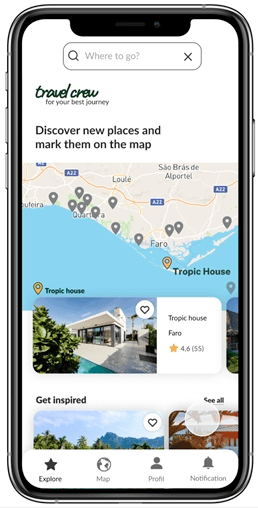
![Case [object Object]](/static/media/double-diamond-model.3e29154f9e18b832dfde.png)
https://www.nngroup.com/articles/discovery-phase/
Some solutions were well thought out in applications, while others showed room for improvement.
They have potential, and I would like to explore this further with further questions.
I decided to concentrate on millennials and their individual demands for flexibility, efficiency and autonomy.
My idea emerged from complaints received from the users.
These users’ needs constituted the basis both for the design process and the selection of the features implemented.
an interview guide to conduct a semistructured UX Interview.
I didn't ask many questions. I was guiding the topic and then listening carefully, observing what arouses their emotions.
Furthermore, I let the conversation take shape and deepened the threads that interested me.
That allowed me to go further in creating personas.
I tried to look for their real needs.
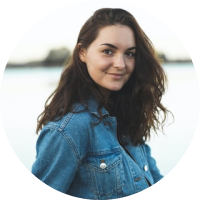
creating reports and analysing trends. Despite a long working day, she tries to devote time to sport and run in the evenings.
She enjoys spending time with friends, attending cultural events. She is interested in other cultures.
Recently, she started taking Spanish lessons.
She is curious about other cultures and meeting people. She loves to travel. Especially alone.
She is then open to learning about people, customs and cuisine.
- She adapts her trip to the situation. She likes to remain open to new possibilities.
- She doesn't want to spend too much time on it.
- She wants to be informed by local restaurants and places that showcase local cuisine and culture and lifestyle.
- Emma is on a tight budget when she travels. She wants to be informed of the final price at no extra charge. Online payment system.
- When travelling, it does not always have internet. She wants to be able to ask for details and be able to receive an answer later.
- Is open to information about events and additional facilities at the hotel and wants to be able to book them online.
- Enthusiast of travel, suing places, people.
- Contact with local guides, their tips, their style is a real value for her.
- It is oriented towards immersion in local culture, a world different from everyday life.
- No time to read reviews. Needs a clear ranking.
- Problems in making contact with the owner.
- Problem with internet availability.
- Unflexible terms of stay.
- Hidden charges.
She wants to be able to get everything done through the app when she is at the coffee shop.
She expects to find opportunities in the app to learn more about the local culture,
book a tour recommended by others. She is geared towards exploring and active sightseeing.
Likewise, she would like to be supported in this.
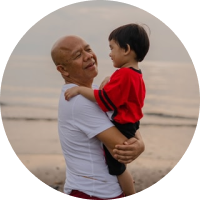
He desires recreation and interesting activities for the children. He himself is quiet and loves nature.
He also enjoys spending time in nature. He is happy when the whole family is happy.
He wants his vacation to be as well-organized as possible.
However, he does not use travel agencies because they do not give him enough control over the possible choices.
- He wants the holiday to be adapted to the needs of each member of the family.
- He likes to make his own choices, but is willing to take hints.
- It is important for him to have a good service.
- He doesn't like to be surprised, likes to manage his own time and have many options to choose from.
- Attractions response to the needs of family members.
- The reception's answer to all your needs.
- Recommendation of reliable restaurants and table reservation option.
- If children's activities are not provided during the vacation or are not enjoyable for children.
- Despite the hotel with 24-hour are problems with communicating with the reception desk.
An app that will keep him reliably in touch with the front desk. Having children and family sometimes causes surprises
for parents during the day.
He still wants lots of options and the ability to decide.
The point of departure is: “Why do customers use a product?”
Travel Crew is an app for people who want to get information about potential accommodations
in a simple and clear way. And manage their accommodations and attractions while traveling.
There are already apps where you can find and book accommodation. However, this app is different from its competitors.
It introduces an emphasis on improving what is currently facing criticism from users.
Besides, it includes new elements such as stay management,
a communication panel with the owner and access to recommended places and attractions for users.
From the interviews conducted with users, it is clear that their needs differ significantly.
This is dictated by their living situation and age. That's why themed vacations have been created.
A large group of users indicates a desire to collect points and badges.
There was created a map on which users can mark places visited, collect badges.
The loyalty program created by the badges contains elements of gamification.
I develop selected design issues that I came across during initial sketches using user flow.
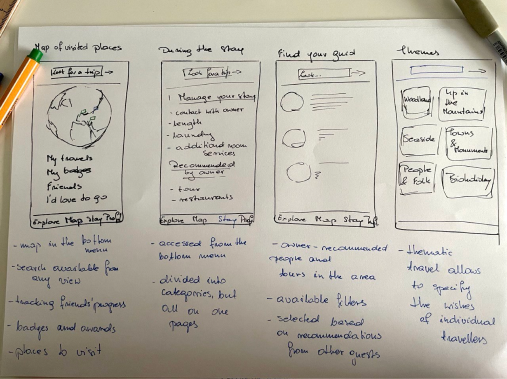
Allows you to concentrate on the action taken by the user.
It allows you to discover the paths for the user to move through the application.
It takes into account not only the most optimal user choices for the application,
but also considers other possibilities and turning points.
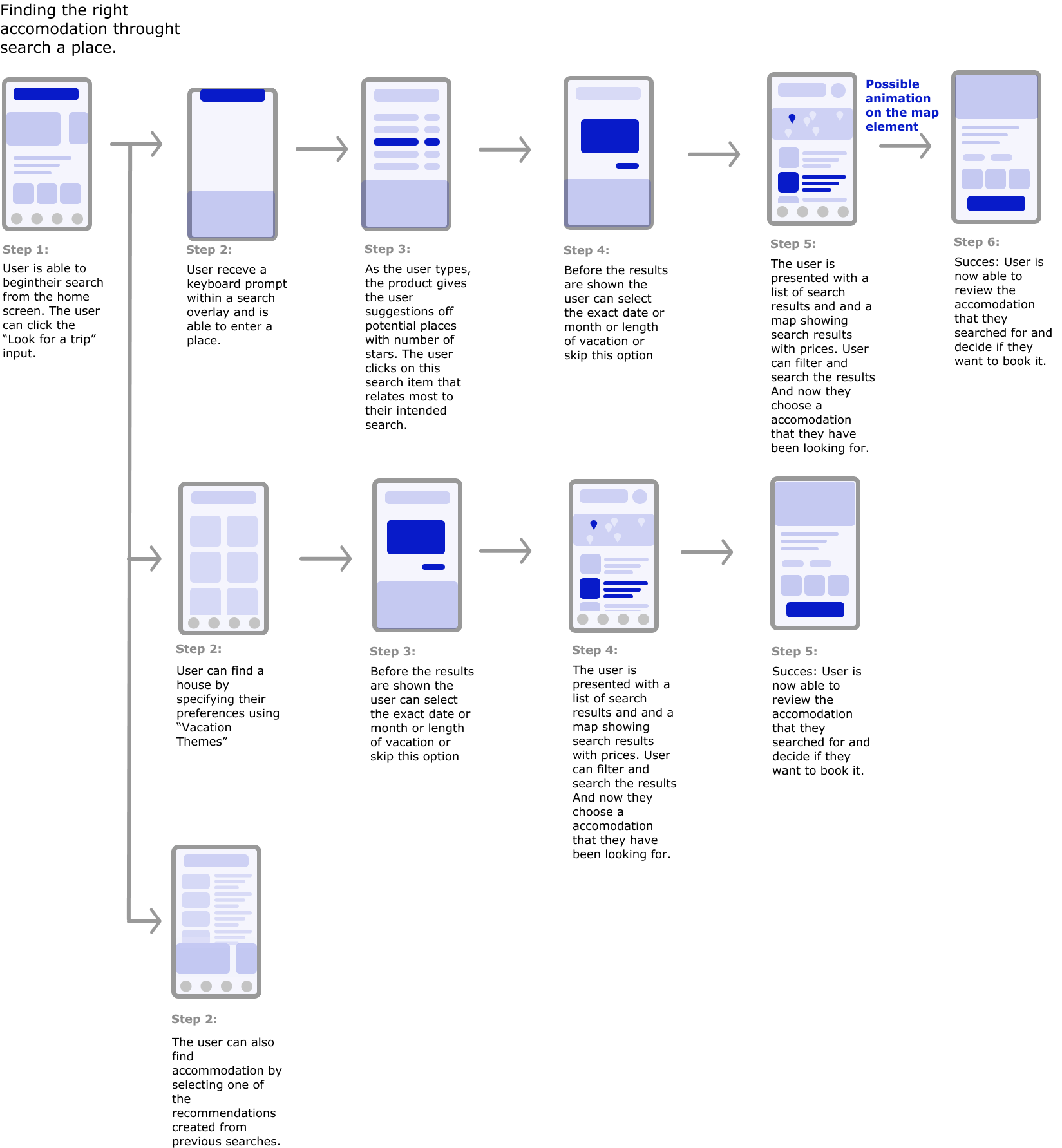
of application development will be based. It allows you to create categories and collections of information.
At this stage, we can perform competitive analysis for navigation, card sorting and tree testing.
It checks how users understand
the categories we have created and how they assign information to them.
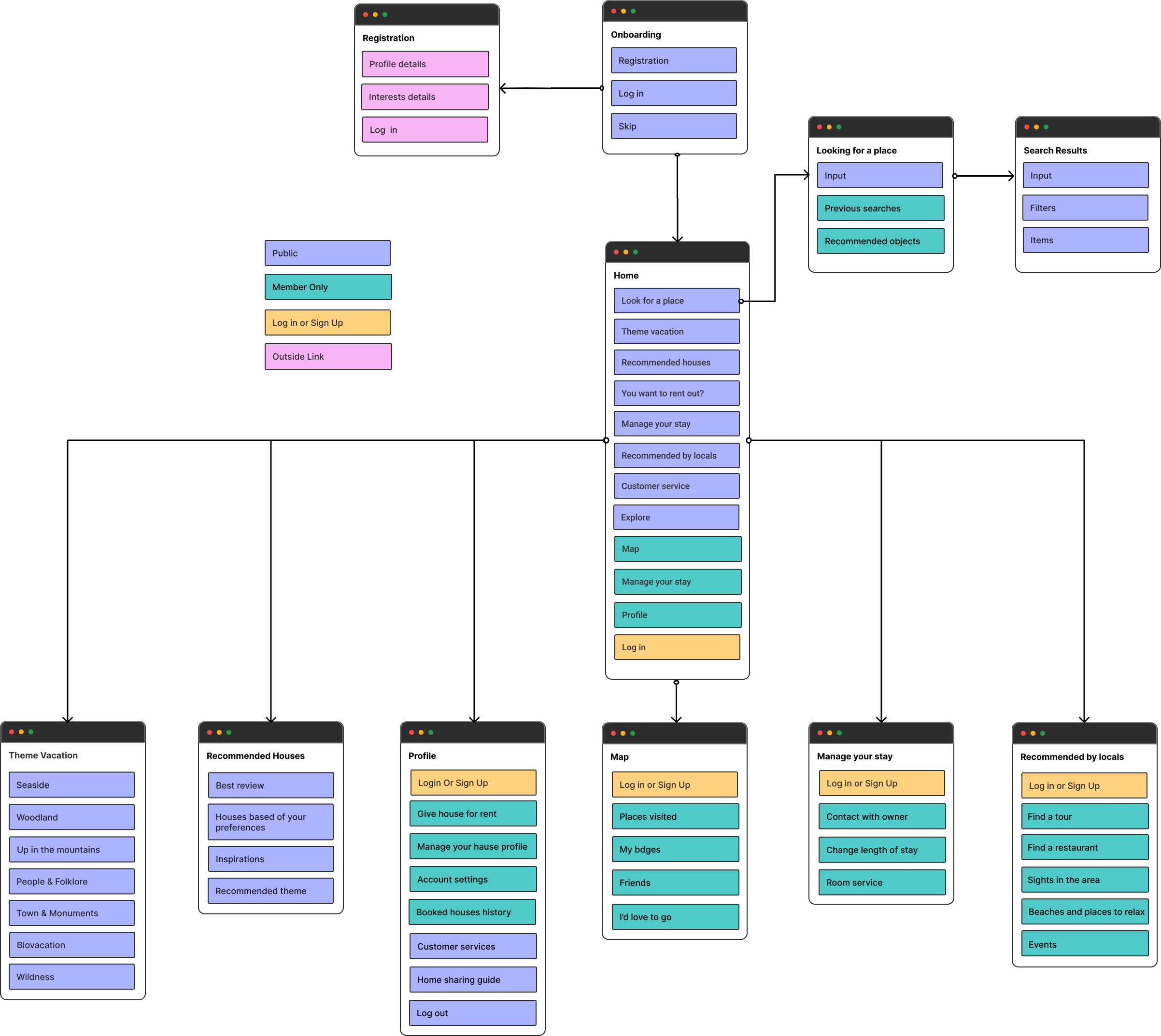
All of this together allowed me to create wireframes. Wireframe includes simple boxes and text to express the concept.
Initially, I created basic screens. Wireframes should contain only shadesof gray, simple shapes.
They make us focus on the layout of the elements, adequate space and functionality.
Professionally created, they provide an excellent basis for presenting to stakeholdersand discussing products.

In other words, I was thinking about the steps that will take place during the various actions performed in the application.
To keep it simple and clear, clickable prototypes of individual tasks are built.
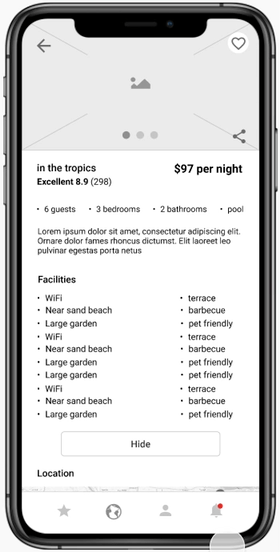
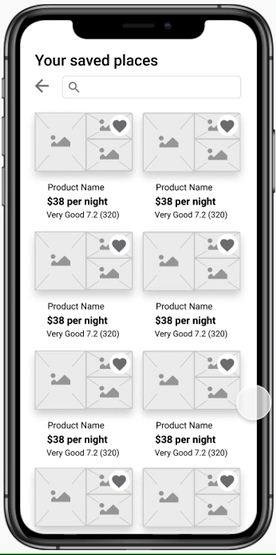
A design system is a collection of elements containing information about the visual sides of an application.
To the design system belong color palette, information about used fonts, used grids, icons, buttons, inputs,
cards, search elements, lists and many others. It is a collection of structured information, which,
if well described, facilitates the work of the whole team. In subsequent stages of the application development,
it is a starting point for the creation of further elements.
Simple design elements were used to extend the system and create more complex elements such as cards or lists.
I have included the elements of the design system below.
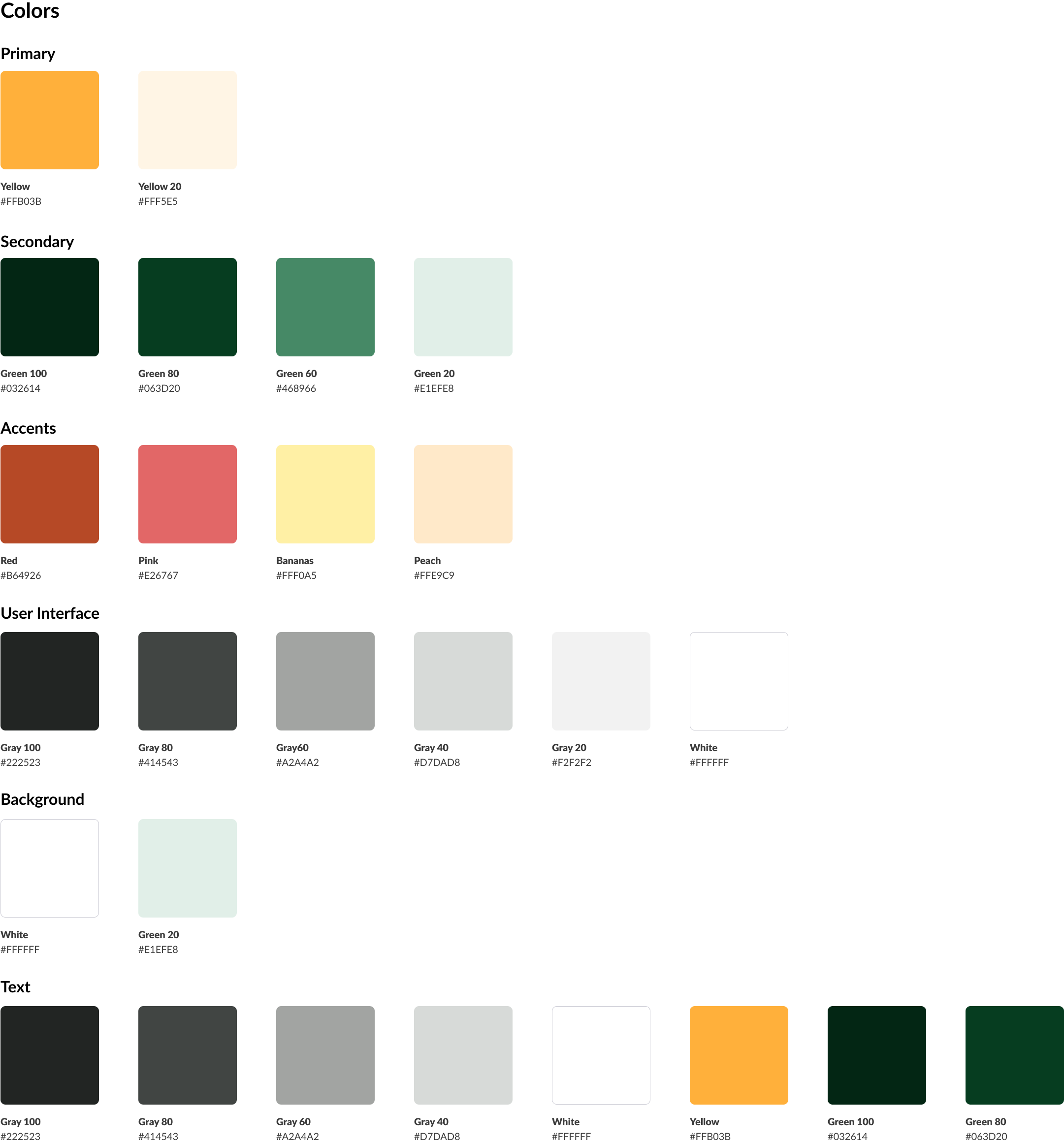
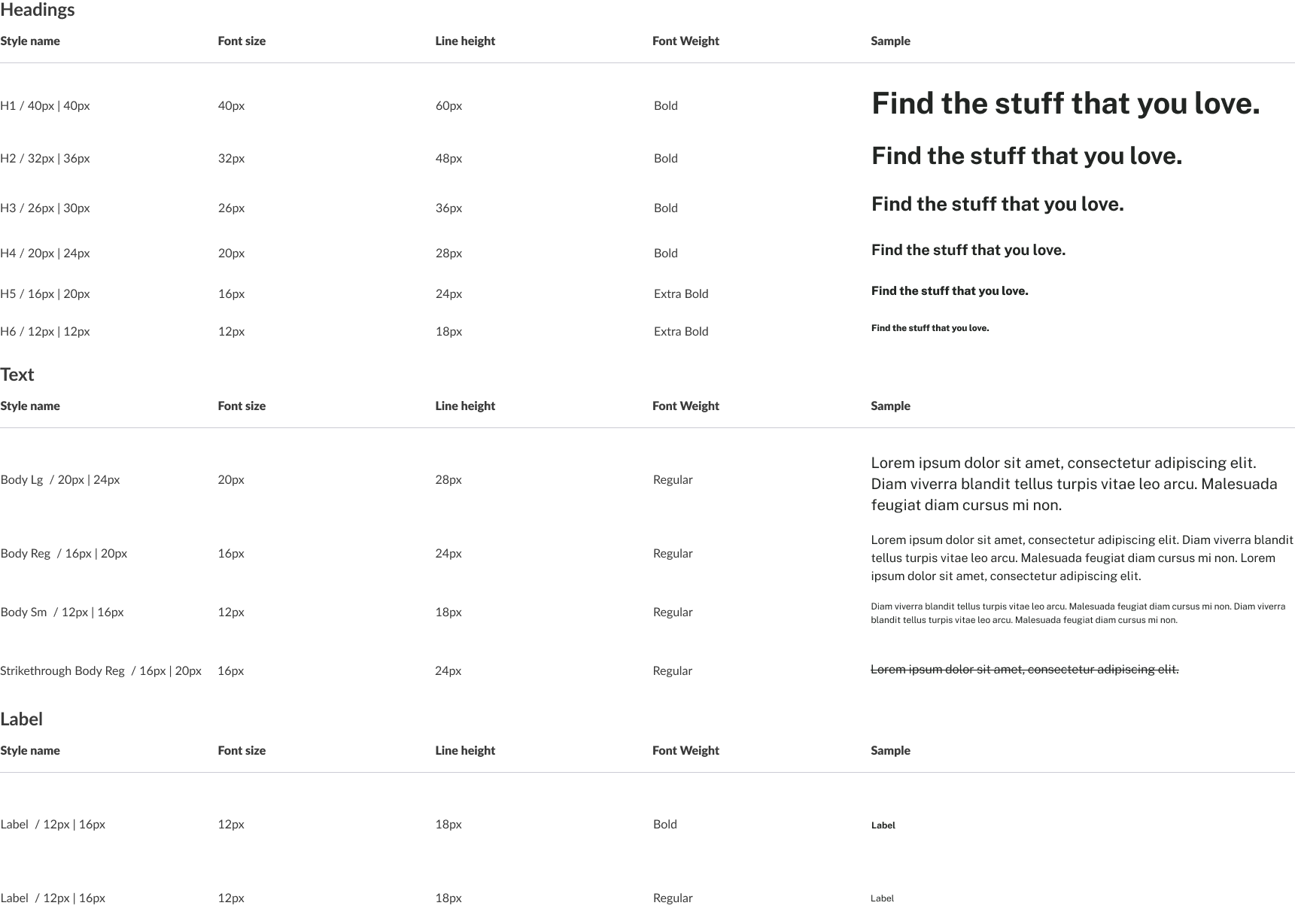

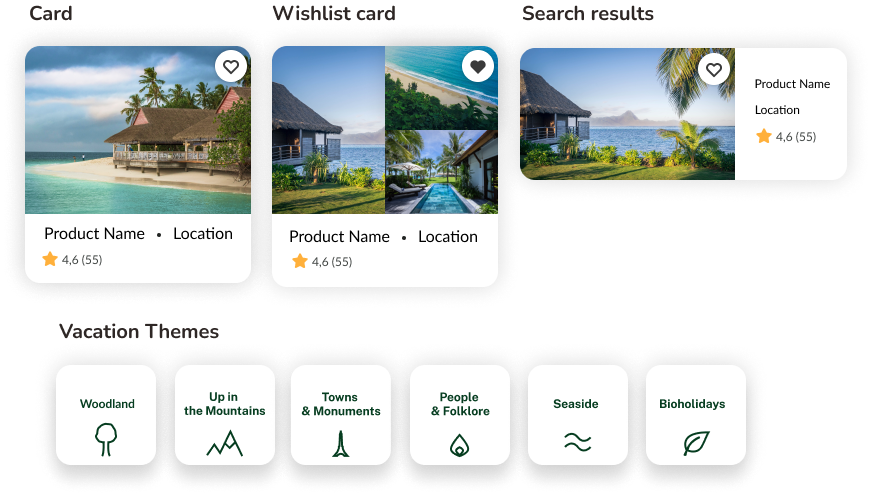
Prototypes can be used for user testing as they give the impression of a working application.
You can see examples of how the app is used below.

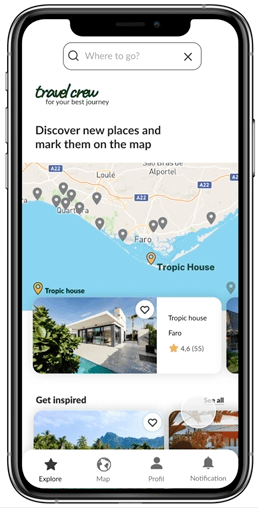
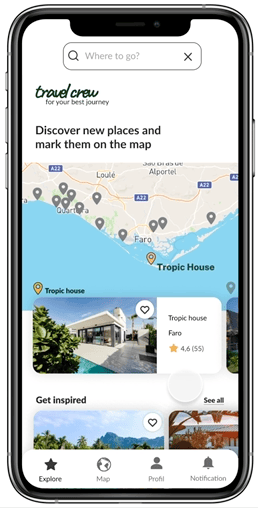

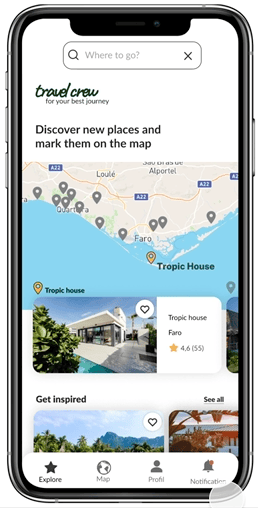
and further
developments
I set time frames and kept the most important goals in mind. I did not lose sight of the fact that I create
a product for users in order to achieve the assumed business goals. An important evolving premise
is creating products and making design decisionsbased on data and research.
In the future, I would focus on finding omissions, improving effectiveness, developing the reception
communication system and themed vacations.